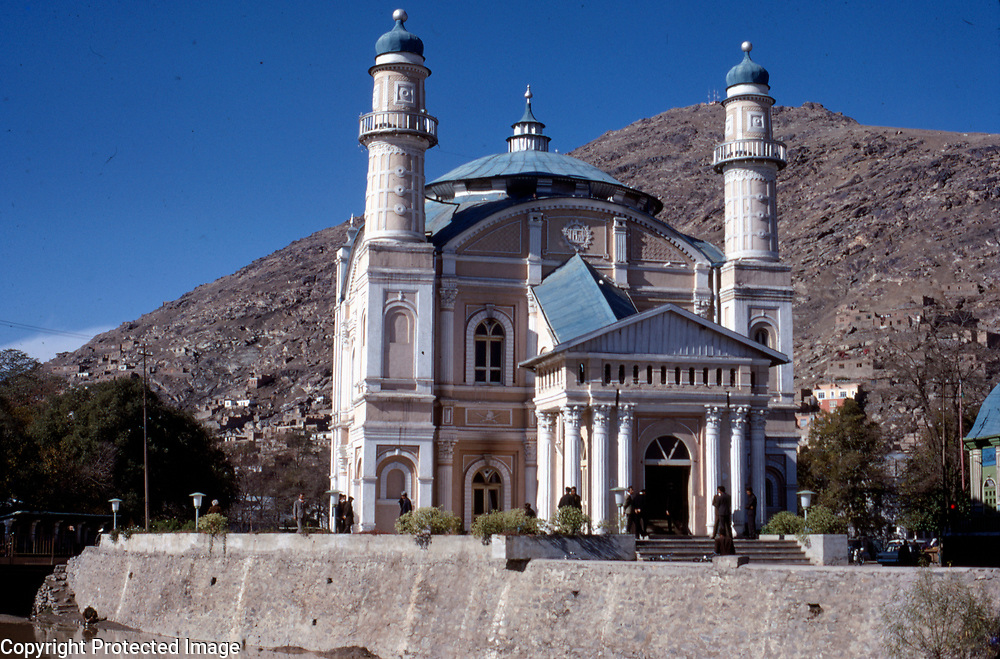

The Shahe Doh Shamshira Mosque, meaning "The King of Two Swords Mosque," is a notable landmark in the heart of Kabul, Afghanistan. Its distinct architecture, reminiscent of Istanbul’s Ottoman-style mosques, makes it stand out among Kabul’s urban landscape. Constructed in the early 20th century during the reign of King Amanullah Khan, it represents a period of modernization and reform in Afghanistan’s history.
The mosque is named after Khalid ibn al-Walid, a companion of Prophet Muhammad, who was known as the "Drawn Sword of God". Its European influences are attributed to King Amanullah’s fascination with modern architectures during his travels, deviating from the traditional domed Islamic structures that are commonplace throughout the region.
Shahe Doh Shamshira Mosque has been a place of interest for both its religious significance and its architectural uniqueness. While Kabul has faced its share of challenges, tourism in Afghanistan saw various phases of development. In times of stability, cultural and historical sites including this mosque drew visitors who were interested in the rich tapestry that is Afghan history and culture.
In recent times, security concerns have greatly impacted the potential for tourism. However, with gradual improvements and international interest in Afghanistan's heritage, there has been a surge in efforts to preserve and promote sites like the Shahe Doh Shamshira Mosque as cultural treasures.
As of now, tourism in Afghanistan faces significant challenges, and travel to regions such as Kabul is often advised against due to safety concerns. However, amidst these issues, there is a growing recognition of the value of Afghanistan's historical sites.
Efforts such as virtual tours and increased digital presence have made it possible for international audiences to learn about and appreciate the Shahe Doh Shamshira Mosque's unique architecture and cultural significance without visiting in person. As security in the region improves, there is potential for a resurgence in tourism that centers on the country’s rich history and cultural heritage.
Responsible tourism is also becoming a focal point, with global movements considering the impact of travel on local communities and the importance of preserving heritage sites. Initiatives that focus on sustainable tourism could eventually contribute to the safe and ethical promotion of places like Shahe Doh Shamshira as must-see destinations for culturally conscious travelers.